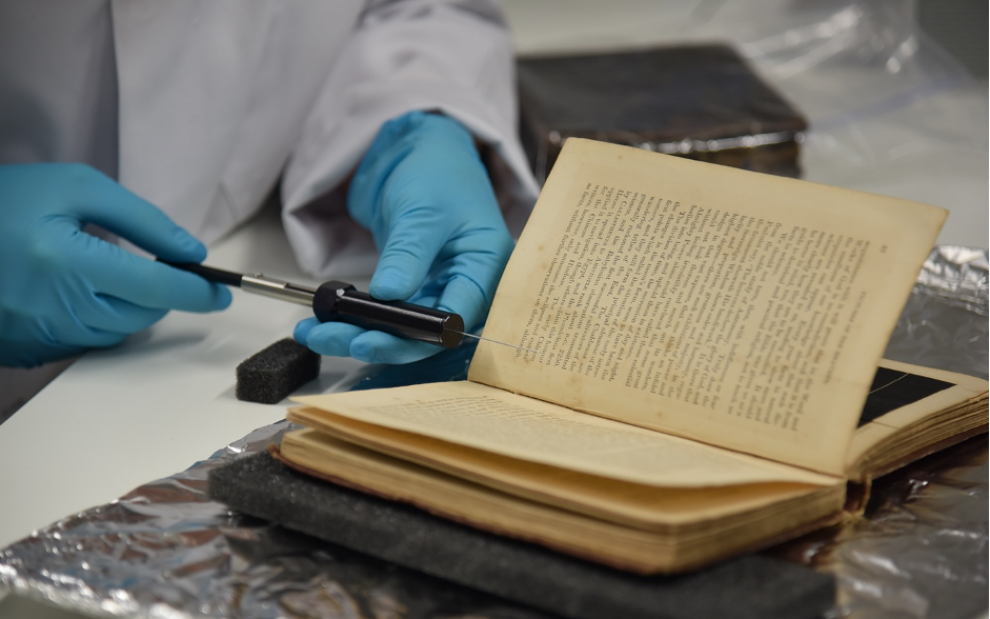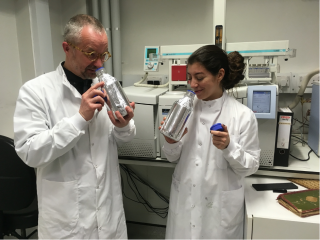
Our framework to research heritage scents includes guidelines to identify smells of cultural significance, VOC analysis and sensory evaluation for odour characterisation and smell preservation.
Research into the scent of indoor spaces is strongly linked to indoor air quality (IAQ) research. However, while research on VOCs in the context of IAQ aims to assess potential hazards to human health and wellbeing, and document odour nuisance, olfactory heritage science focuses on non-hazardous, low-concentration odours which reveal links between indoor scents and identity, perceived historic value and collective memories. As such, both tangible (odour sources) and intangible (VOC/smell) heritage are of interest.
UCL Institute for Sustainable Heritage has extensive environmental research lab facilities, as well as heritage materials research facilities, and a mobile heritage laboratory to carry out field research and monitoring, such as electronic air pumps for high-volume sampling for GC-O analysis. The facilities include GC/MS using thermal desorption and SPME autosamplers, pollutant data loggers (SO2, NOx, O3, HCHO), as well as a range of techniques for VOC and odour analysis.
In addition, UCL Institute for Sustainable Heritage has a setup for sensory panel testing, including equipment such as 'Sniffin' Sticks’ for chemosensory performance assessments and a reference library of historic odours.
When gas chromatography-olfactometry analysis capabilities are required, UCL Institute for Sustainable Heritage has expertise in the interpretation of GC-O results, as well as long-standing relationships with industry subcontractors experienced in sampling and analysing historic odours.
 Close
Close


